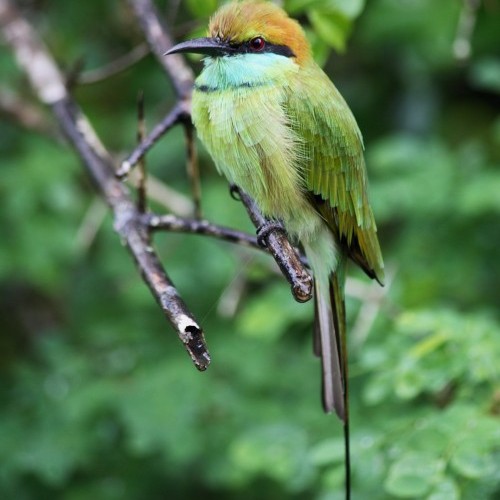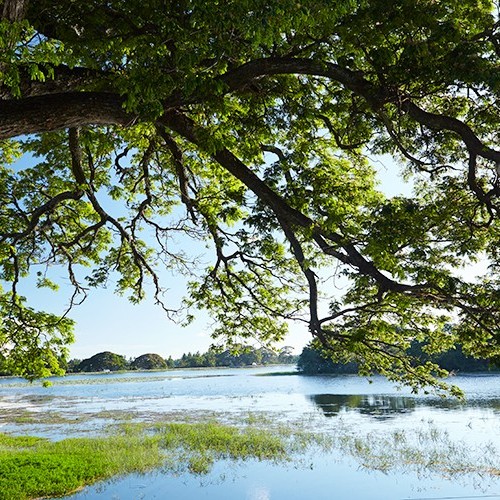Travelling Sri Lanka
Essential Information For Sri Lanka
Travelling around Sri Lanka
Although Sri Lanka is a small island, you should appreciate that many of the minor roads are generally of poor quality (but getting better!), single-lane each way (at best), and populated with all kinds of 'traffic' – cows, dogs, bullock carts, bicycles, scooters, paddy tractors, motorcycles, vans, cars, lorries, buses, pedestrians – which slows the average speed to about 40 km per hour. In the Hill Country, the roads can be very windy, and in some areas they are a series of hairpin bends going on for long distances – and so you need to be patient when travelling on the road! Therefore, we suggest that you gauge the length of your journey by time rather than distance.
Photography
Colourful and multi-faceted, Sri Lanka offers a wealth of images, and people are generally willing to be photographed, with the exception of monks who may show some reluctance. However, it is always polite to ask first, and never attempt to be photographed with Buddhist monks or to pose for photos with statues of the Buddha or other deities and paintings. In the light of the country’s widespread poverty, it is understandable that some people expect a token ‘donation’ for allowing them to be photographed.
Electricity and Sockets
Sri Lanka's electricity supply is 230-240 volts, 50 Hz AC. There may be pronounced variations in the voltage, and power cuts are not uncommon.
Many of the electrical sockets in Sri Lanka accept the same 3-pin square plugs that are used in the UK. You also find small 3-pin round sockets and the correct adaptor for UK plugs is widely available in Sri Lanka for nominal cost.
Shopping and Bargaining
In some private shops and markets bargaining is normal and expected, but avoid bargaining at government ‘fixed price’ shops. It is best to get an idea of the prices being asked by different stalls for items you are interested in before taking the plunge. Some shopkeepers will happily quote well above the actual price to a foreign visitor showing interest, so be careful. A visit to a government ‘fixed price’ shop like Laksala will help you gauge appropriate prices for goods. Remain good-humoured throughout and the bargains may come your way!
Remember that a fair price is not always the cheapest price you believe you should pay having done some background research. Getting a local price for any product or service is incredibly difficult considering the widely held view that all foreign visitors are very wealthy and – in comparison to most Sri Lankans – we are much more affluent. In general, a few rupees here or there is of little consequence to a foreign visitor but it may well be of considerable value to a market stallholder or street vendor and their families. We therefore promote the idea of a ‘fair price’ for goods and services, although this is a relative value and must be up to individual choice.
Sri Lanka is a great place to buy gems and jewellery, batik, lace and lacquer work, wood carvings, masks and furniture, spices, and, of course, tea.











